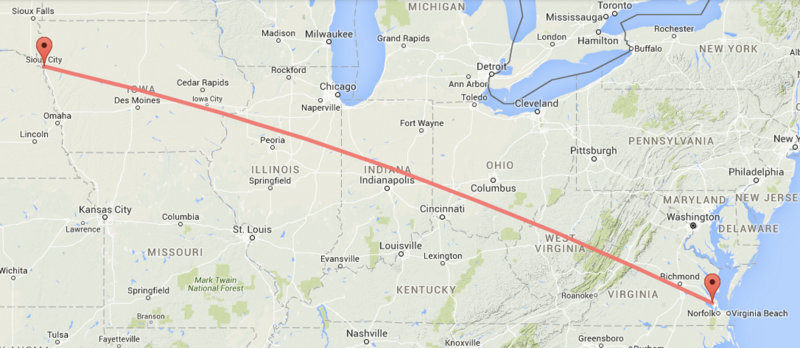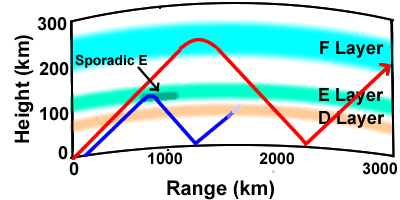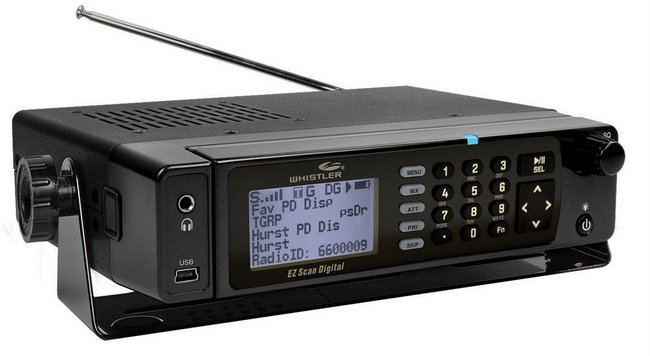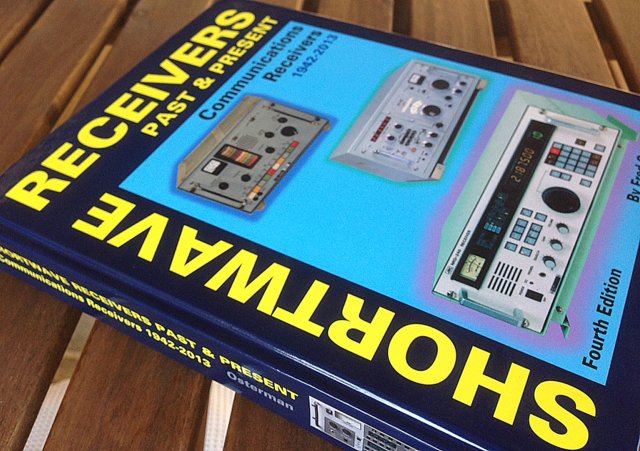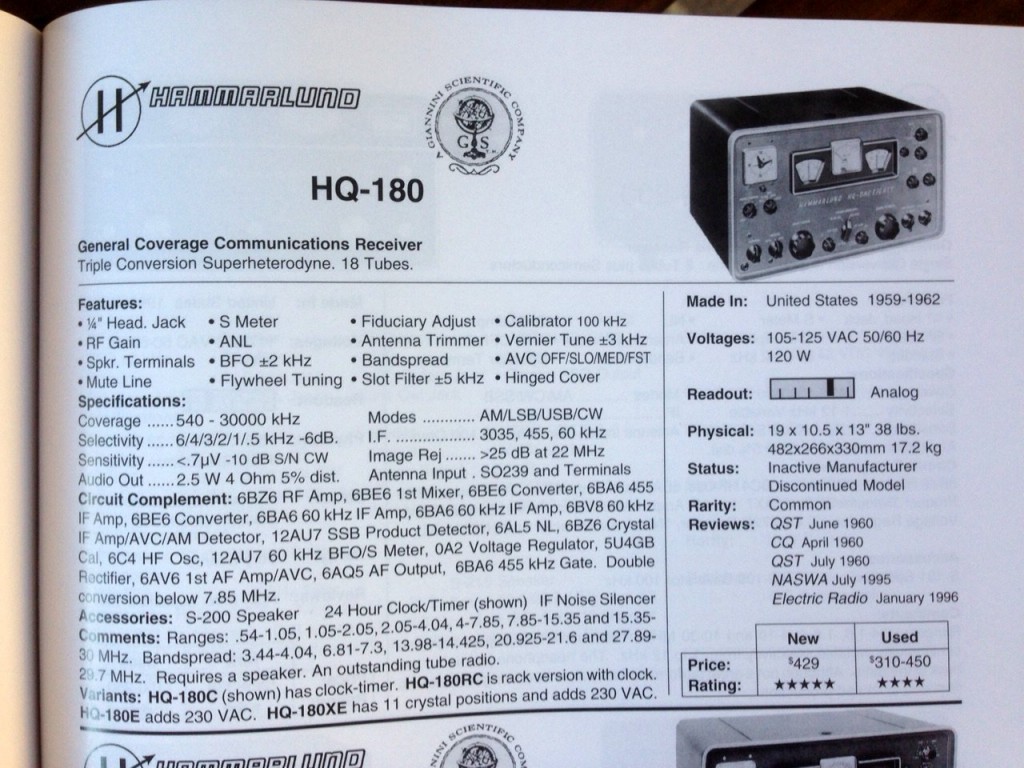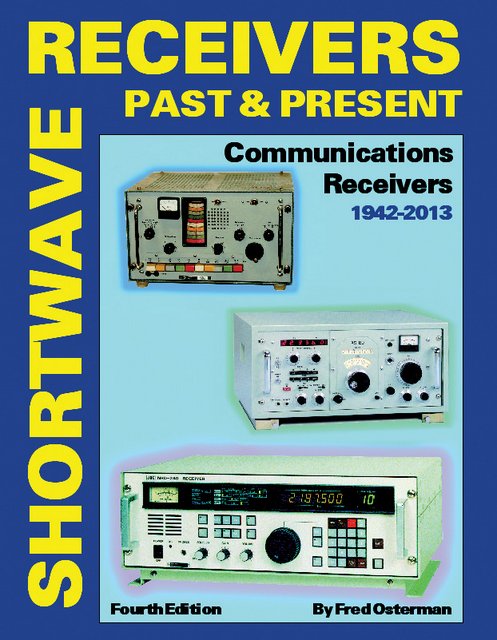Many thanks to SWLing Post contributor, Troy Riedel, who writes:
Thomas, if I were to read this on your blog, I would not have believed the following.
I live in Virginia nearly equidistant from RIC/Richmond Int’l AP (east of Richmond) and PHF AP (in Newport News). I had a 1:40 P.M. doctor’s appt. [July 12] and I took to I-64 East en route to the doctor near Newport News. My Silverado has an XM Radio that I typically listen to, but the reception is bad in the summer because of the wooded nature of the interstate.
I hit the “FM” button and I quickly found a station at 105.7. There were two other 105.7 stations that periodically interfered, but one station was dominating/booming. After music I heard commercials about concerts in Iowa. I heard an Iowa Lottery Commercial. And a Lasik commercial – yes, all from Iowa. I heard a weather forecast that definitely wasn’t for Virginia. After 10-12 minutes I got a station I.D.. It was KSUX Sioux City, Iowa. Sioux City, Iowa is 1,332 miles away or an estimated 22-hour drive!
KSUX dominated the airwaves until I got very close to my Newport News, VA appt. By then (around 12:55 P.M.) I had picked-up one of the other two stations that were competing on 105.7. It was a station on the Outer Banks, NC (about 2.5 hours by car away).
When I went back to my Silverado at exactly 2 P.M., the KSUX was barely audible as the Outer Banks, NC station was now the most clear. I drove back towards my home on I-64 West and after a few miles (5-10 at most) the third of the three stations became clear. The third station was “Kiss 105.7” originating in Richmond, VA. That means the Sioux City, Iowa station, 1,332-miles away, had obliterated the Richmond, VA signal from 12:30 P.M. to almost 1:00 P.M. even though at this juncture of my drive Richmond was 45-55 miles away.
The KSUX Sioux City, IA station … even though weak on the drive home … still occasionally popped through the airwaves to cause interference with the Richmond, VA signal.
If I hadn’t heard it, I would have never believed it. I did a quick check and I didn’t see anything regarding closer stations possibly simulcasting the KSUX signal. It appears to be 100% legit.
I’m dumbfounded. It’s a head scratcher for sure.
Thanks for sharing your experience, Troy. You, sir, were the recipient of some excellent FM DX openings!
FM DXing conditions
There are a few conditions that make for proper FM DX:
- Sporadic-E and tropospheric ducting (DXers often call this, “Tropo”)
- Meteor scatter, where signals bounce off of ionized trails left by meteors
- Also, when there is exceptionally high sunspot activity, FM signals have been known to bounce off the ionosphere (like shortwave signals)
I strongly suspect you were enjoying FM DX from sporadic E. If memory serves (and keep in mind, I’m currently vacationing in an off-grid cabin without Internet), we had a K Index of 5 or so on July 12–at least, I believe I heard a ham radio operator report this on 40 meters that day. I can confirm that the HF bands were absolutely obliterated parts of that particular day. Conditions were very unsettled for the HF (high-frequency) bands, but potentially excellent for sporadic E.
Fred Osterman writes about Sporadic E on DXing.com:
Sporadic-E propagation is caused by patches of intense ionization in the E-layer of the ionosphere (approximately 35 to 60 miles above the Earth’s surface). Signals on frequencies above 30 MHz normally pass through the ionosphere and into space. However, sporadic-E “clouds” are capable of refracting such signals back to Earth. The term “clouds” is an apt way to describe the patches of highly charged particles that form during a sporadic-E event. Like clouds, these patches move and are highly irregular in size and shape. It is possible to track the movement of a sporadic-E “cloud” by noting the locations of stations that fade in and out on a frequency as the cloud moves.
Sporadic-E propagation can occur any time of day or year. However, sporadic-E is most common from about mid-May to late July, with another peak a week before and after the winter solstice. Sporadic-E seems to be most common from about mid-morning to noon, local time, and again from late afternoon through the evening hours.
If you’re interested in chasing a little FM DX (’tis the season–!), read Fred’s full article about FM and TV DXing on DXing.com. What I like about Fred’s article is that it’s simple and easy to understand.
Post readers: Has anyone else enjoyed a little FM DX this summer? Please comment! This is a part of the DXing hobby that I rarely feature on the SWLing Post, but would love to highlight more often. Let me know if you’d like to write a guest post on this topic!

